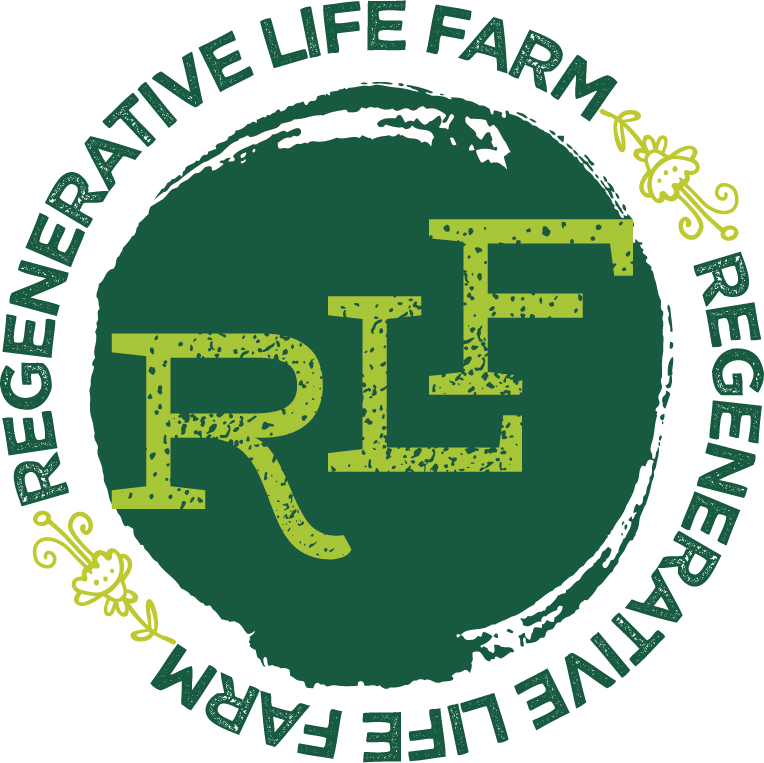The Problem with Cows
This appeared in the May 6, 2021 edition of The Fish Wrap.
Cows get unfairly blamed for contributing to global warming. There is a connection, but only because all of the studies are based on the effects of CAFOs. Current animal agriculture does increase carbon levels. But the carbon is the result of growing feed corn using chemical agriculture. The ill-health of corn-fed cows also causes them to release toxic methane gas into the atmosphere.
Cows evolved to be ruminant animals grazing on grasses and other green plants in roaming herds. Most of the time when you see cows grazing, the grass is sparse or non-existent. These are usually cow/calf pairs. The calves spend a year on pasture with their moms, then they get moved to a feedlot where they are fed corn and soy for the rest of their lives. They aren’t able to properly digest grain and would develop serious disease if they weren’t slaughtered at 2 years old, before the disease can show up.
That marbling we look for in a piece of meat is an unnatural indication of ill health. Excess intramuscular fat or obesity is a sign of an unhealthy organism. For cows and humans, obesity is a risk factor for every major disease, including cancer, heart disease, diabetes and Covid. The CAFO system is geared to increase efficiency and keep costs low. But consider the other ways you pay for that $1 burger. What the consumer saves in the drive through is paid tenfold in health care costs, not to mention the costs of destroying the environment and future viability of the human race.
Cows need to be raised on pasture, in a holistic system where animals, plants and soil work together to build health and vitality. Pastured cows help sequester carbon and methane and reduce global warming. Let’s bring cows back to the land.
